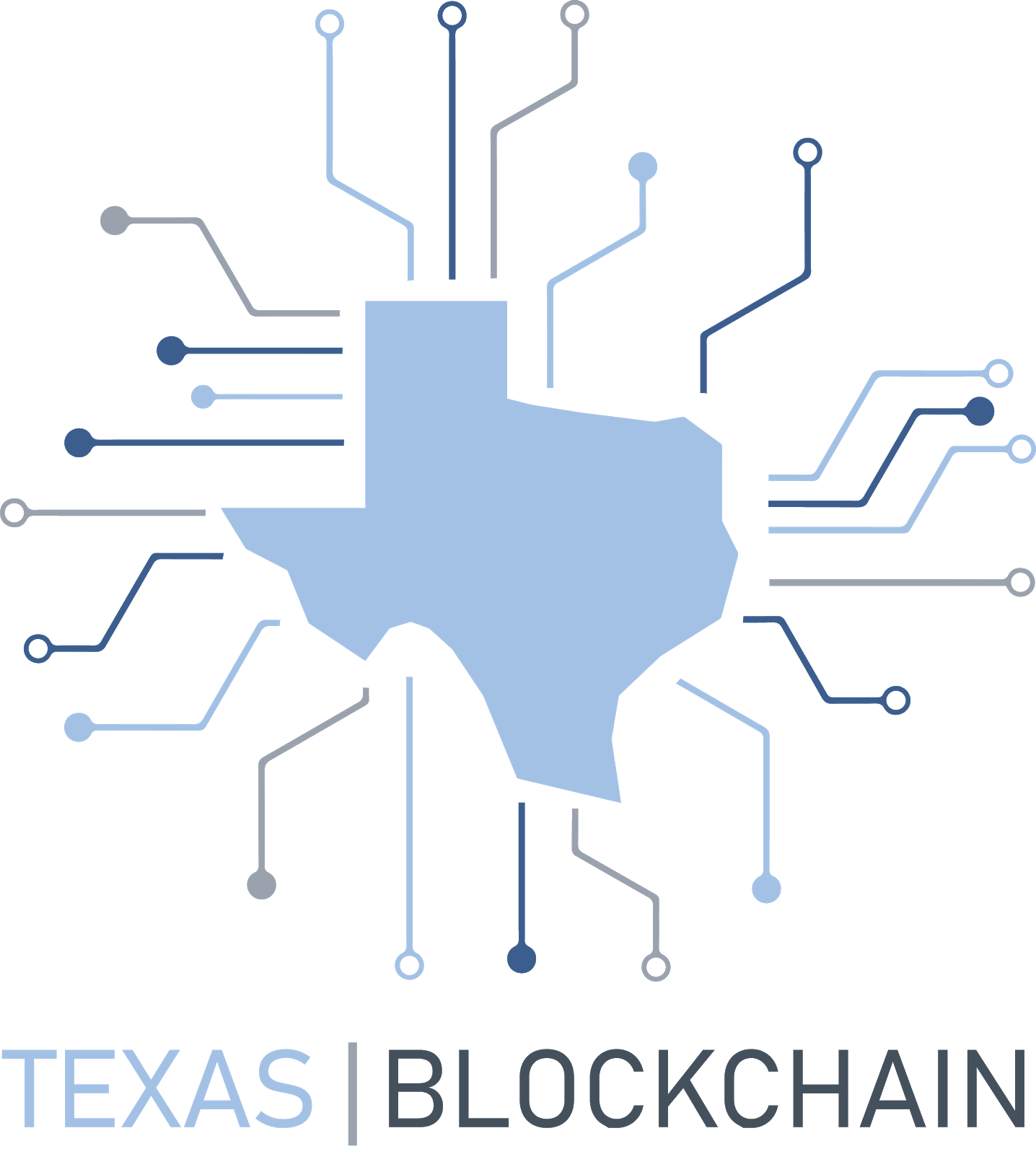Max Bibeau, Preston Sledge, Matthew Kimmell

We hope your April has started off well! Stay safe, and stay busy! This oughta keep you occupied for a while.
This week, we added oil price data to help you further analyze the market. For government bonds, we changed the yield data to show bond prices instead, specifically the 10-Year Treasury Note. Bond yields (interest rates) and bond prices move in opposite directions; as the yield on new bonds decrease, the price of current bonds increase. Bond prices more accurately reflect bonds’ value on the open market.
Market Summary




Dotted lines represent non-trading days (weekends, holidays, etc.) interpolated to the next trading day’s close price.
Top Stories
Central Banks Extend Currency Swaps Among Each Other, Where Some Have Tried Blockchain
Putting on its best Oprah impression, the Fed is dishing out dollars to anyone in the audience listening; this week the Fed launched a currency swap program to provide foreign central banks with US dollars in exchange for US bonds/foreign currency. This comes as a response to global investors demanding “safe assets” in the midst of a pandemic. The US dollar is the reserve currency of the world (it is considered safe), and foreign banks need dollar reserves to service this onslaught of demand. Notably, The Bank of Canada and The Monetary Authority of Singapore expressed that distributed ledger technology could be used to transfer value more efficiently between each country’s monetary system.
Binance Announces CoinMarketCap Acquisition, CZ Gives the Scoop
Binance, the world’s largest cryptocurrency exchange by volume, has announced that they are acquiring CoinMarketCap, the world’s most popular site for basic cryptocurrency information. The deal was rumored to have cost Binance $400 million, but that number cannot be verified as the deal is protected by a nondisclosure agreement. Binance’s CSO will step in as CoinMarketCap’s interim CEO. Since last year, skepticism has surrounded the exchange volumes reported by CoinMarketCap, after an investigative report revealed that “~95% of [cryptocurrency trading] volume is fake and/or non-economic in nature”. The report exposed many crypto exchanges for reporting inflated trading volumes. CoinMarketCap’s lackadaisical approach to adjusting the exchange volumes on their site allowed valid alternatives like Messari and CoinGecko to compete for market share.
Zoom privacy and security issues: Here's everything that's wrong (so far)
In the past month, the video-conferencing app Zoom became the glue holding our socially distant society together. As it turns out, the security of Zoom’s platform was not quite ready for mass adoption. Several vulnerabilities have been found that leak users’ privacy and fail to live up to Zoom’s marketing. Some school districts, and even Elon Musk, have banned Zoom from their communities/companies over privacy concerns.
Top Charts

Sankey chart from r/dataisbeautiful showing where the money flows from the Federal Reserve’s $2T coronavirus stimulus bill (CARES Act) passed last week.

Total assets of the Federal Reserve
Besides stimulus spending, the Fed has also expanded its balance sheet by buying $350B+ of government bonds (QE) and loaning $200B to foreign central banks (currency swap lines). This comes in response to a high demand for dollars (liquidity crisis). In fact, the Fed created Quantitative Easing (QE) ‒ buying government bonds (assets↑) and increasing commercial bank reserves (liabilities↑) ‒ during the ‘08 Financial Crisis to support emergency spending/investment. In effect, because the Fed assumes a larger role in the economy ‒ as an eternal buyer and interest rate manipulator ‒ investor sentiment has become dependent upon the actions of the Fed (financialization).
Top Tweets

Total liabilities of the Federal Reserve
@JeffSnider_AIP highlights the explosive growth of the Federal Reserve’s balance sheet in response to coronavirus. On its balance sheet, the Fed’s assets include government bonds, while its liabilities include commercial bank “reserves” held in accounts at the Fed. The Fed can manipulate these reserve accounts to expand or contract the amount of credit that banks can lend to people (unlike gold reserves). However, Snider argues that increased commercial bank reserves (Fed liabilities) don’t effectively increase the money supply, since they don’t force commercial banks to increase lending.




@marco_peereboom posts these charts together as “a short story”, in which (1) loan repayments, (2) free markets, and (3) full employment are sacrificed for (4) a relief rally in the stock market.

State of the Market: Bulls flying too close to the Sun. Bear incoming.

Coinmarketcap celebrated April Fools by releasing data on the ever-so-scarce Toilet Paper Token. However humorous, this shitcoin (anti-shit coin?) peddling feels too close to home for Coinmarketcap:

@nic__carter shares a screenshot of Coinmarketcap from 2017, where the site can be seen advertising three different scams at the same time, including Bitconnect ‒ a massive ponzi scheme worth $2.6 billion before its founder(s)’ exit.

The saddest chart in crypto.

What even IS REAL, bro???

“Blew a 3-1 lead” refers to the NBA’s best-of-7 Finals series, in which a 3-1 game deficit had never been overcome until 2016, when the Cavs came back to defeat the Warriors. Damn, remember sports?

@VitalikButerin threads a book review for the Sovereign Individual, which inspired a lot of early cypherpunks. The book suggests that we are living during a monumental socio-economic shift from the Industrial Age to the Information Age. Written in 1999, the book foreshadows “cybermoney” as a defensive technology (hard to steal, censor, inflate, etc.) that increases the cost of extortion (taxes, income redistribution, etc.).


“There are decades where nothing happens; and there are weeks where decades happen.” -Lenin
Top Videos
A look at the mostly delusional, sometimes genius, always entertaining degeneracy of r/wallstreetbets ‒ Crypto Twitter’s drunk uncle.
Follow us on social media!
Texas Blockchain’s ‘State of the Market’ is a student-led editorial. None of the views expressed by the authors should be taken as the view of the University of Texas at Austin or the Texas Blockchain organization. Furthermore, none of the views expressed should be taken as financial advice in any circumstance.



